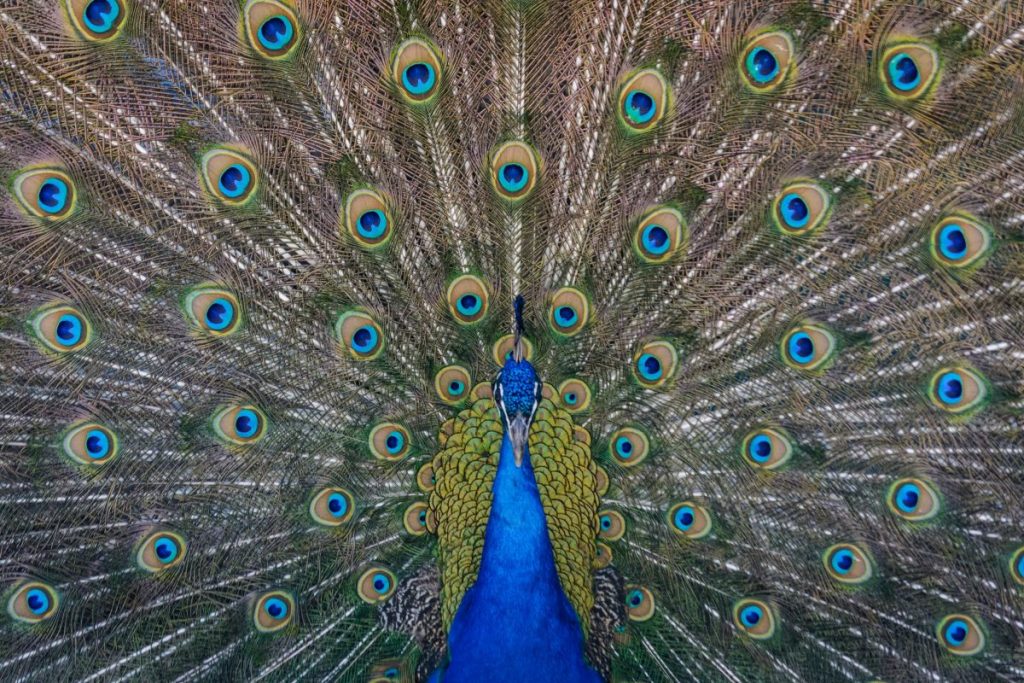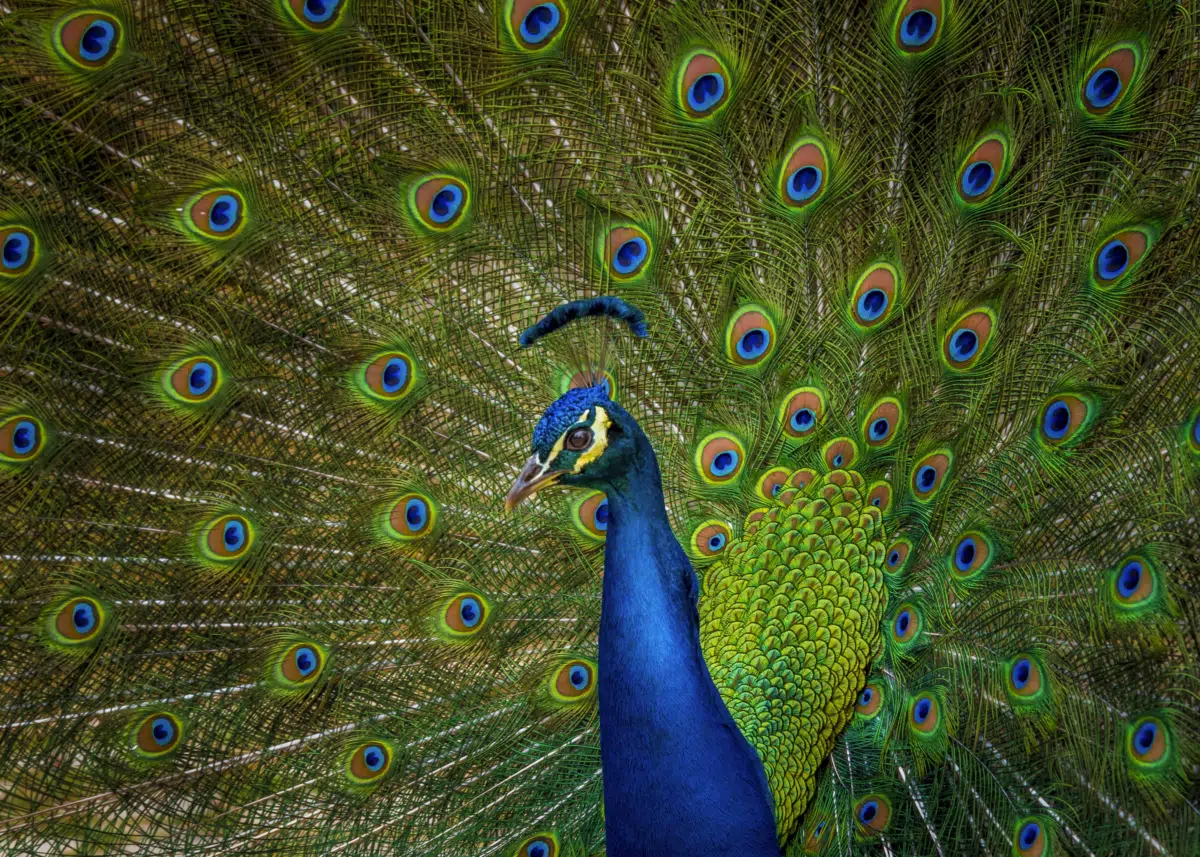In the tranquil neighborhood of South Pasadena, California, a seemingly picturesque scene often turns into a nuisance for residents. The culprits? Peafowl. These magnificent birds, with their iridescent plumage and elegant demeanor, have become a source of contention in recent years. While some residents find joy in their presence, others grapple with scratched cars, patchy lawns, and the incessant squawking disrupting their peace. As the debate rages on, South Pasadena stands at the forefront of a growing issue: the rapid rise in peacock populations.
A Feathered Invasion: Understanding the Peacock Phenomenon
Peafowl, not native to North America, have found comfortable niches in warm-weather cities like Miami, Austin, and Honolulu. In California, their presence traces back to the 1870s when rancher Elias J. “Lucky” Baldwin imported them from India. Descendants of these avian imports, the Indian peafowl or Pavo cristatus, now roam the landscapes of Los Angeles County. Distinguished by their vibrant plumage, peacocks flaunt shades of blue while peahens exhibit more subtle hues of grey or brown. The allure of the region, coupled with a lack of natural predators, has contributed to their burgeoning numbers.
From Baldwin’s Ranch to South Pasadena: A Tale of Coexistence and Conflict
Baldwin’s legacy lives on not only in his estate but also in the peafowl population that has proliferated across the region. Yet, as these birds spread their wings, they’ve brought along a myriad of challenges. Gardens are dug up, children are scratched, and cars are befouled, leading to frustration among residents. In some instances, drastic measures have been taken, including the illegal killing of peafowl. Despite such actions, the birds remain both a symbol of charm and a source of controversy.
The Population Boom: Unraveling the Mystery Behind the Surge
In recent years, South Pasadena has witnessed a startling surge in its peafowl population. A 2022 census revealed a staggering count of 102 birds, a sharp increase from just 36 in the previous year. While the exact cause remains elusive, factors such as a lack of predators and ample pine trees have rendered the city an attractive habitat. Moreover, reduced human activity during the pandemic may have prompted birds from neighboring areas to seek refuge in South Pasadena.
Navigating Solutions: Balancing Preservation with Pragmatism
As tensions escalate, communities grapple with finding a delicate balance between preserving these majestic creatures and mitigating the disturbances they bring. In response to mounting concerns, South Pasadena has initiated measures to relocate peafowl to private farms and open spaces. Volunteers are enlisted to assist in trapping efforts, aiming to alleviate the strain on residents while ensuring the birds’ well-being.
Embracing Diversity: Perspectives on Peafowl Coexistence
Despite the challenges posed by the burgeoning peacock population, some residents remain steadfast in their appreciation for these birds. They argue that peafowl contribute to the area’s unique charm and should be celebrated rather than vilified. Amidst debates and deliberations, it becomes evident that the issue transcends mere nuisance; it reflects the intricate dynamics between human habitation and wildlife preservation.

Peafowls Problem Is Not Just In The USA
This increase in population has also been witnessed in South Africa and India. In South Africa they are an invasive species which is causing a change in the natural order of the food web. With the increase in population, there has been a noticeable decline in their food sources. Residents of suburbs like Kommetjie, just outside of Cape Town have gone to their community groups debating the issue. Some are on the side of protecting these beautiful creatures and some are on the opposing side. The latter fear that with this increase of bird that is not indigenous, that there is a possibility for them to wipe out naturally occurring species of lizards, geckos and other small garden creatures that have become the peafowls everyday feast. What side are you on?
Wrapping Up Peacock Population Problem
The peacock predicament in South Pasadena encapsulates a broader narrative of human-wildlife interaction. As communities confront the challenges posed by burgeoning populations, it becomes imperative to seek solutions rooted in compassion and pragmatism. By fostering dialogue, embracing diversity, and prioritizing coexistence, we can navigate the complexities of our shared ecosystems and pave the way for a harmonious future.
In the heart of South Pasadena, amidst the clash of opinions and the flutter of feathers, lies an opportunity to forge a path forward—one where the vibrant presence of peafowl harmonizes with the tranquility of suburban life.
Thank you for following along with this article –
Next up in the animal kingdom:
Join our Forum for free today!

- Beachgoers Save Massive Shark Stranded In Florida - July 22, 2024
- Pit Bull Rescued From Being Chained Its Whole Life Gets A Surprise - July 21, 2024
- Dog With Zoomies Takes Flight Into Barley Field - July 21, 2024

